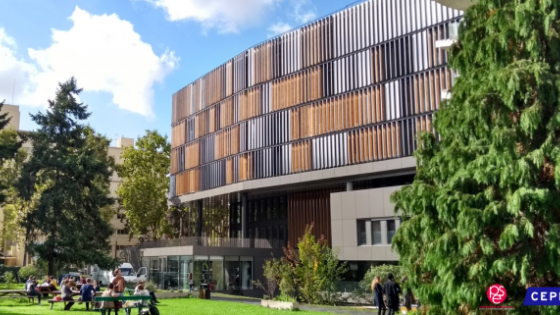DP16643 Spurring economic growth through human development: research results and guidance for policymakers
Education, general health, and reproductive health are key indicators of human development. Investments in these domains can also promote economic growth. This paper argues for the importance of human development related investments based on i) a theoretical economic growth model with poverty traps, ii) a literature review of evidence that different human development related investments can promote growth, and iii) own empirical analyses that aim at estimating the relative contribution of different human development indicators to economic growth across heterogeneous growth regimes. Our results suggest the following associations: (i) a one-child decrease in the total fertility rate corresponds to a 2 percentage point (pp) increase in annual per capita GDP growth in the short run (5 years) and 0.5 pp higher annual growth in the mid to long run (35 years), (ii) a 10% increase in life expectancy at birth corresponds to a 1 pp increase in annual GDP per capita growth in the short run and 0.4 pp higher growth in the mid to long run, and (iii) a one-year increase in average educational attainment corresponds to a 0.7 pp increase in annual growth in the short run and 0.3 pp higher growth in the mid to long run. By contrast, infrastructure proxies are not significantly associated with subsequent growth in any of the models estimated.


